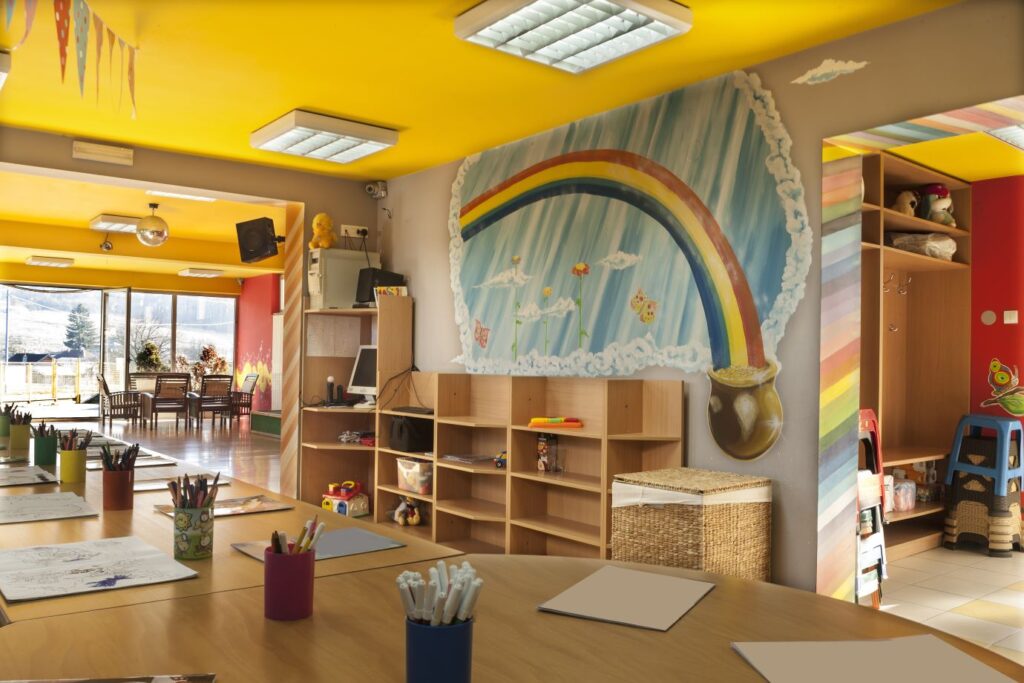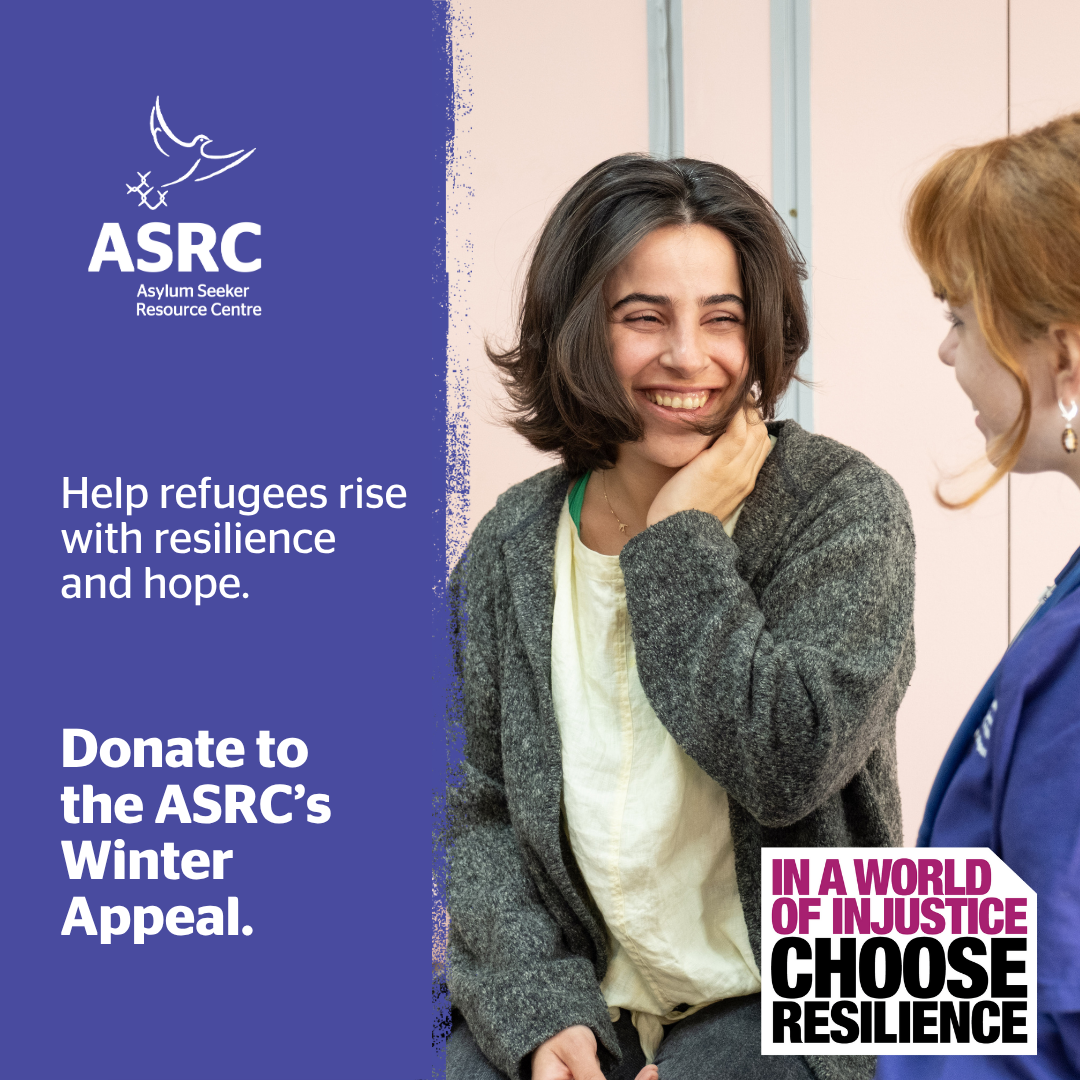It was the end of winter, and getting to my daughter’s childcare centre through the sleet and wind was no mean feat. The roads were slippery with mud and rain, and the trees’ branches, so dead and bare, threatened to scrape my hat off my head in their battle against the wind.
As I pulled my beanie further down and the collar of my fur-lined winter coat up to maintain some warmth, I couldn’t help but feel sorry for myself: what possessed me to move to Denmark in winter? All I wanted to do was pick up my two-year-old and get on the bus as quickly as possible, to my warm, cosy home.
I arrived outside the bunker-like building, its concrete walls hostile-looking despite being covered in paintings of baby animals. I went through the gate and stopped. In front of me stood a collection of prams, and inside them, bundled into cocoons were babies … asleep. It was at least 1 degree (felt like -2), and here they were, the world’s most vulnerable little creatures, snoozing away as the wind howled around them and rain pounded their prams.
My toddler wasn’t there (thank God), so I followed the squeals to the playground and saw her flaming orange hair peeking out from a skewed woollen hat. She was disgusting: covered in mud and dirt, and pouring a bucket of sand onto another child’s head.
I’d never seen her look so happy.
“Why are they out in this weather?” I asked the main childhood educator, who stood, cool as a cucumber in her puffa jacket, watching the devastation around her.
“It’s good for children to play outside,” she replied, smiling. By then my glasses had fogged up from the rain and I couldn’t quite see how many kids were outside, but compared to my experience back in Australia, it was a lot.
And thus was my introduction to Denmark’s childcare system, lauded as one of the world’s cheapest, most progressive and accessible (if you have a CPR number, the Danish equivalent of social security but so much more, that is. Without it, you literally cannot access anything, including healthcare, something we learnt the hard way as we waded through the bureaucratic nightmare of trying to obtain one for two months).
Once you’re in though, it’s great. For Danish nationals, every child is guaranteed an affordable nursery place from the age of one to when school starts at six. We were told we have two options: part time care for 25 hours a week, or full time for 50. We opted for full time but, as in Australia, this doesn’t mean she spends 50 hours away from home.
What’s struck me the most is the freedom and autonomy afforded very small children, especially compared to Australia. Kids as young as two (if not younger) are expected to take off their own shoes, jumpers and snow suits. They are taught their parents’ full names, and told to say goodbye to mum and dad both to mark a clear boundary between home and childcare, and as a means of emphasising good manners.
Good manners and being a productive member of society underpins Danish culture, and it makes sense that this starts early. While adults are expected to be polite and trustworthy, it is likewise required that children be considerate playmates and productive members of a group.
When I drop Evie off around 9am (we are still on Australia time, even though Danes tend to drop their kids off before 8am) her little friends are already sitting around small tables, sharing fruit from a communal platter. If someone tries to grab more than their share, they are gently admonished. It is also customary for kids to clean up their room before meals, which has taught our daughter to expect to tidy her toys before bed.
Good nutrition is also a bedrock of Danish society, and again this practice is reflected in the childcare setting. While I have no complaints about the food Australian nurseries offer children, I am deeply impressed by what kids are given here. Pea soup with prawns, fish or meat with potatoes and vegetables and, my favourite, the Friday smorgasbord of rye bread, pickles, salmon, cheese, chicken, various vegetables, mackerel, beetroot and leverpostej (pâté).
I hear from generations past (in Australia) that childcare has come a long way. Perhaps the biggest difference between Denmark and Australia is the idea that children – even tiny ones – should be encouraged to act responsibly at a much earlier age.
This reflects Scandinavia’s general approach to children: their names are often included on apartments, and their voices have just as much right to be heard as those of adults. They are babied much less (but not hugged less – affection flows freely in childcare) and in many ways, that’s a positive.
I once read a great book – Hunt, Gather, Parent – in which US author Dr. Michaeleen Doucleff sets out with her three-year-old daughter to learn and practise parenting strategies from families in three non-Western communities: Maya families in Mexico, Inuit families above the Arctic Circle, and Hadzabe families in Tanzania.
These communities approach child rearing quite differently. Children are given tasks to complete alongside parents (such as cooking a meal), which Doucleff argues ultimately makes them feel more competent and proud of their contribution to the family; and formal, structured play and toys are not part of daily life. Parents don’t entertain their kids; they include them in daily work, encouraging them to learn how to live in the adult world.
While Danish childcare centres may include less work and more play than tube above, they are, unlike their Australian counterparts, more focussed on unstructured activities, outdoor play and excursions. Educators are less worried about safety (the playgrounds here are more adventures than those back home) and less inclined to interfere in children’s creative play.
Parents are also not really told what the child did all day – I’ve only found out recently that my child has been going on weekly excursions to lakes and forests, something which in Australia requires the signing of several forms per trip (I just signed one form at the beginning of term here) and a full debrief post-adventure.
This relaxed attitude speaks more broadly to the trust inherent in Danish culture, and I’m here for it. While I may not know the intricacies of my daughter’s days, I have come to trust that her wellbeing is prioritised at all times, even if it’s not mandated as stringently as in Australia.
And if I were ever in doubt, the fact that I have to bribe my daughter to leave child care to come home with snacks is evidence enough they’re doing something right.


